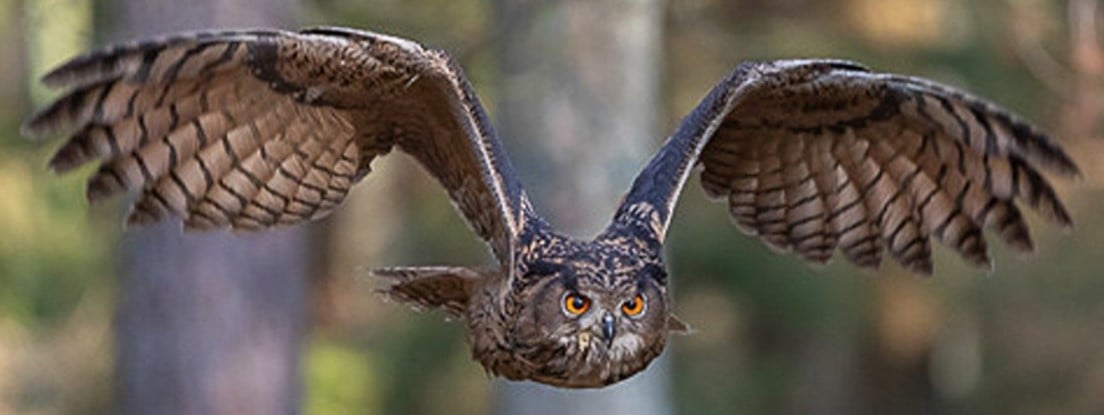White Faced Scops in dire need of some coffee
I try not to step on jokes by wondering about too many factual things, but now you have me wondering if any carnivores target those civets that eat the coffee cherries to get a buzz like the dolphins that harass blowfish to get high off the venom. 🤔
Whelp now I too am wondering that.
I've been unable to find any helpful info.
The only animal/caffeine studies I've found were either about it being pretty deadly to insects and mollusks, or just it being a toxin to animals in general. That didn't rule it out to me, since pretty much anything that gives you a buzz is because it is disrupting your vital functions in some way.
There is probably much more coffee on farms these days as opposed to wild coffee, so if coffee farmers aren't reporting the coffee being eaten directly, or noticeably high predation of what does eat the coffee, I'm going to say it sounds like it's not a thing. It would probably be hard to select which animals actually ate enough coffee to get an indirect caffeine jolt from, and it could work the other way as well, if they consumed something that ate more beans than the predator could handle, making them sick.
With the dolphins chomping on the blowfish, it's not like the fish is sometimes poison and sometimes not, so it's simpler to figure out what to do.
There was a test on zebrafish and rodents testing their reactions to unwanted stimuli, and it seemed to boost their reactions, but not in all cases, so effects seem to vary by species and individual. So maybe it is just a happy surprise if they eat something weird.
This is still really cool to think about, because I never really thought of an animal actively seeking out another as prey not only as food but also for other properties like chemicals that that animal may have ingested. In this situation is seems like an edge case if it ever did happen, or just as you said a happy surprise. Though that does make me wonder if there are any other instances of this in other animals and also how often it might be un-recognized by researchers. Lots of food for thought there.
The closest things I can think of off the top of my head would be:
Carnivorous plants sort of came about the same way if I'm remembering correctly as well.
We put out mineral blocks for the wildlife, and they'll keep coming long after the block is physically gone and lick at the ground.
That's a proper soup strainer!
Superbowl
For owls that are superb.
Also visit our twinned community for wholesome content:
https://lemmy.world/c/[email protected]

US Wild Animal Rescue Database: Animal Help Now
International Wildlife Rescues: RescueShelter.com
Australia Rescue Help: WIRES
Germany-Austria-Switzerland-Italy Wild Bird Rescue: wildvogelhilfe.org
If you find an injured owl:
Note your exact location so the owl can be released back where it came from. Contact a licensed wildlife rehabilitation specialist to get correct advice and immediate assistance.
Minimize stress for the owl. If you can catch it, toss a towel or sweater over it and get it in a cardboard box or pet carrier. It should have room to be comfortable but not so much it can panic and injure itself. If you can’t catch it, keep people and animals away until help can come.
Do not give food or water! If you feed them the wrong thing or give them water improperly, you can accidentally kill them. It can also cause problems if they require anesthesia once help arrives, complicating procedures and costing valuable time.
If it is a baby owl, and it looks safe and uninjured, leave it be. Time on the ground is part of their growing up. They can fly to some extent and climb trees. If animals or people are nearby, put it up on a branch so it’s safe. If it’s injured, follow the above advice.
For more detailed help, see the OwlPages Rescue page.
